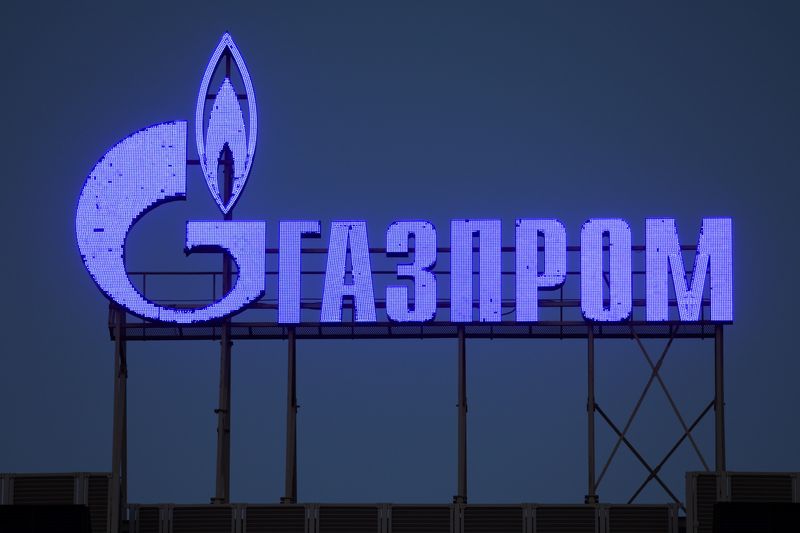MOSCOW (Reuters) -Russian gas supplies to Europe via Ukraine are set to end on New Year’s Day, bringing down the curtain on Moscow’s long period of dominance of supply in the European gas market.
Russia’s oldest gas export route to Europe – a pipeline dating back to Soviet days – was set to shut at the end of 2024, as a five-year transit deal between Russia and Ukraine expires. Data from Ukraine’s gas transit operator showed on Tuesday that Russia had not requested any gas flows for Jan. 1.
The European Union drastically reduced its dependency on Russian gas after the outbreak of the war in Ukraine in February 2022 by seeking alternative gas sources.
The remaining buyers of Russian gas such as Slovakia and Austria have arranged for alternative supplies, and analysts foresee minimal market impact from the stoppage. European benchmark gas prices settled at 48.50 euros per megawatt hour on Tuesday, only marginally up from opening trade.
Stopping the gas flow will have a much bigger geopolitical significance, however.
Moscow has lost its dominant share of gas supplies to countries in the European Union to rivals such as the United States, Qatar and Norway since it invaded Ukraine, which prompted the EU to cut its dependence on Russian gas.
Once the world’s biggest gas exporter, state-controlled Gazprom (MCX:GAZP) recorded a $7 billion loss in 2023 alone, its first annual loss since 1999.
For Europe, the loss of cheap Russian gas supplies contributed to a major economic slowdown, a spike in inflation and the worsening of a cost-of-living crisis.
While Europe has been quick to find alternative energy sources, the loss of Russian gas has exacerbated long-term concerns about its declining global competitiveness and in particular about Germany’s industrial future.
IMPACT OF UKRAINE WAR
Russia and the Soviet Union spent half a century building up a major share of the European gas market, which at its peak stood at around 35%, but the war in Ukraine has all but destroyed that business for Gazprom.
Most Russian gas routes to Europe are shut, including Yamal-Europe via Belarus and Nord Stream under the Baltic that was blown up in 2022.
The Soviet-era pipeline via Ukraine brings gas from Siberia via the town of Sudzha – now under the control of Ukrainian soldiers – in Russia’s Kursk region. It then flows through Ukraine to Slovakia, where the pipeline splits into branches going to the Czech Republic and Austria.
Kyiv has refused to negotiate a new transit deal.
Ukraine is giving up some $800 million a year in fees from Russia, while Gazprom will lose close to $5 billion in gas sales to Europe via Ukraine.
The end of the transit deal is unlikely to cause a repeat of the 2022 EU gas price rally as the remaining volumes are relatively small.
Russia shipped about 15 billion cubic metres (bcm) of gas via Ukraine in 2023 – only 8% of peak Russian gas flows to Europe via various routes in 2018-2019.
Gazprom said it would send 37.2 million cubic metres on Tuesday compared to 42.4 mcm on Monday. Later, Ukraine’s gas transit operator said Russia had not nominated any gas flows for Jan. 1 through the Ukrainian pipeline to Europe as of 1500 GMT.
The halting of supplies via Ukraine will be a major blow to Moldova, a country that was once part of the Soviet Union.

Hungary and other countries continue to receive Russian gas from the south, via the TurkStream pipeline on the bed of the Black Sea, although Hungary had been keen to keep the Ukrainian route as well.
($1 = 0.9601 euros)



